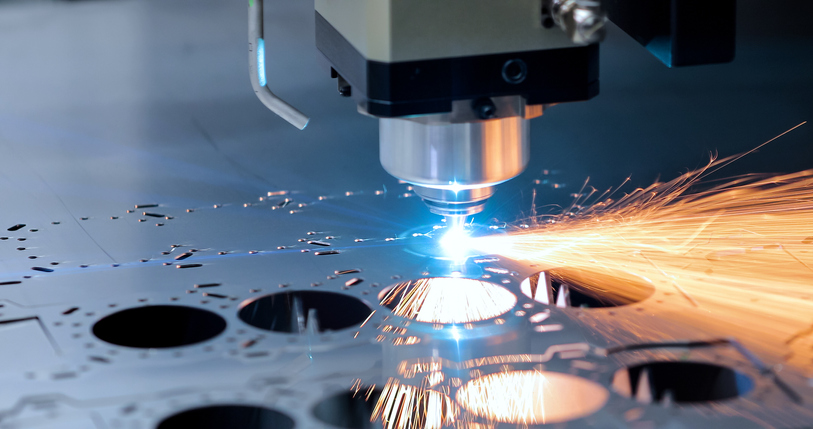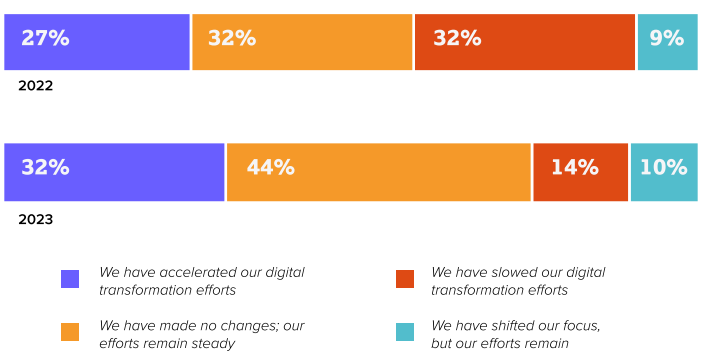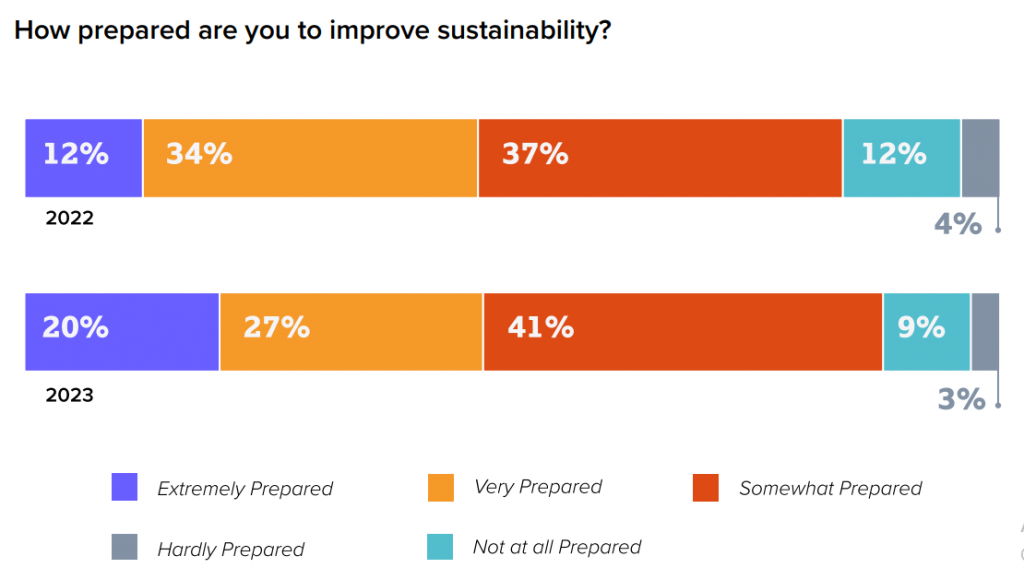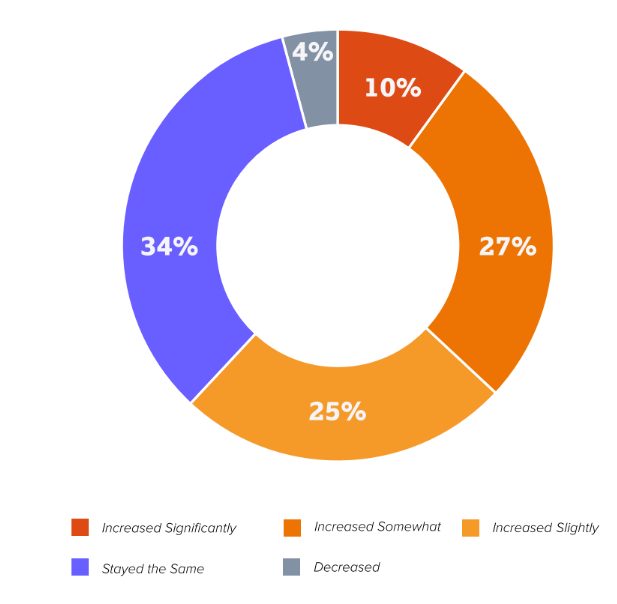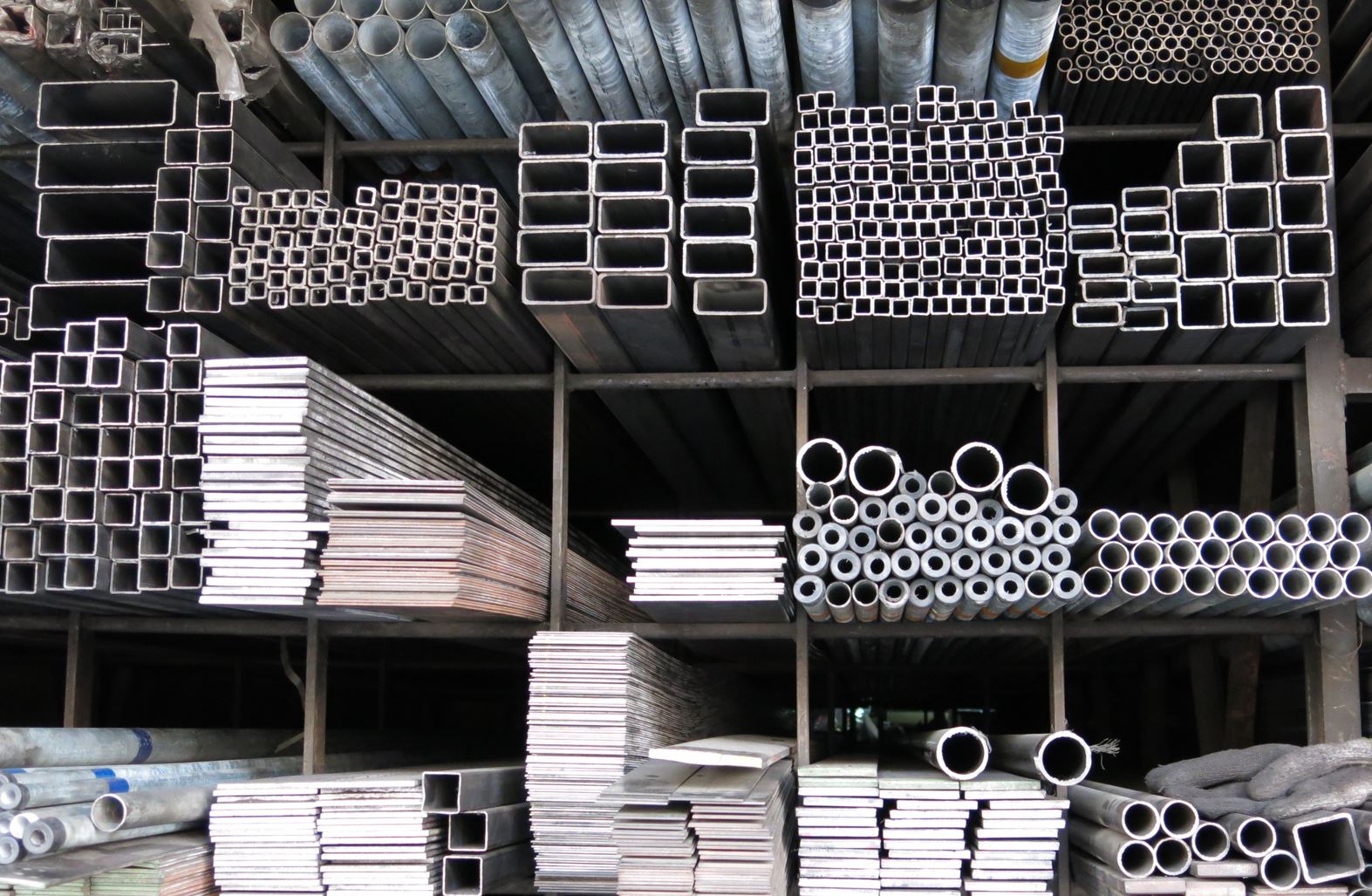Choices in Manufacturing: Why Tacton’s Environmental Footprint Configuration Matters to Customers
Offering sustainable choices in manufacturing can be a differentiator for companies who guide customers to the best environmentally sound products

Offering sustainable choices in the manufacturing sales cycle can help engage with customers who have new buying goals
In an increasingly aware world, customers are placing a growing emphasis on sustainability when making purchasing decisions. As businesses align their values with environmental responsibility, customers seek products and services that contribute to a greener planet.
Tacton’s Environmental Footprint Configuration plays a pivotal role in this shift, offering customers a unique and meaningful way to engage with environmentally conscious manufacturers. Let’s explore why Tacton’s Environmental Footprint Configuration is vital and important to customers.
Why is environmental footprint configuration important to customers?
Transparent sustainability metrics:
Customers want to know the environmental impact of the products they buy. Tacton’s Environmental Footprint Configuration provides clear, transparent sustainability metrics, offering customers insights into the lifecycle of a product. Armed with this information, customers can make informed choices, supporting manufacturers that prioritize sustainable practices.
Contributing to a circular economy:
Choosing products with a smaller environmental footprint encourages a circular economy where resources are conserved, waste is minimized, and materials are reused. Tacton’s solution enables customers to be part of a broader sustainability movement that fosters a circular approach to consumption.
Supporting responsible brands:
By embracing Tacton’s solution, businesses showcase their commitment to sustainability. Customers are more likely to support brands that actively work to reduce their carbon footprint and demonstrate corporate social responsibility. Tacton’s Environmental Footprint Configuration enables customers to support responsible companies, strengthening their own role as consumers.
Aligning values with purchasing decisions:
Environmental concerns have become an integral part of customers’ values. As a result, customers seek products that align with their sustainability beliefs. Tacton’s Environmental Footprint Configuration empowers customers to make purchasing decisions that resonate with their values, fostering a deeper connection between consumers and brands. With different factors driving customers sustainability initiatives, Environmental Footprint Configuration can attract those who are quickly moving towards new business models and mindsets.
Customers today are conscious of the impact their choices have on the environment. By choosing products created using Tacton’s solution, customers actively contribute to a greener future. Collectively, these choices drive demand for sustainable products, encouraging more businesses to adopt new practices.
Holding businesses accountable:
As customers demand more sustainable options, businesses are motivated to improve their environmental practices. Tacton’s Environmental Footprint Configuration empowers customers to hold companies accountable for their environmental impact, pushing for greater transparency and continuous improvement.
Offering sustainable choices for customers will be a must have differentiator going forward
Tacton’s Environmental Footprint Configuration is a powerful tool that resonates with environmentally conscious customers. By providing transparent sustainability metrics, supporting responsible brands, and aligning purchasing decisions with eco-friendly values, this solution empowers customers to make a positive impact on the planet. As businesses prioritize sustainability, customers can actively contribute to a greener future, fostering a more sustainable and responsible world for generations to come. Together, we can forge a path towards a healthier planet, guided by Tacton’s Environmental Footprint Configuration and the collective choices of eco-conscious consumers.
Don’t forget to sign up for our latest webinar:
Environmental Footprint Configuration for B2B Manufacturers WEBINAR – SEPTEMBER 19, 3:00 PM CET | 8:00 AM CDT

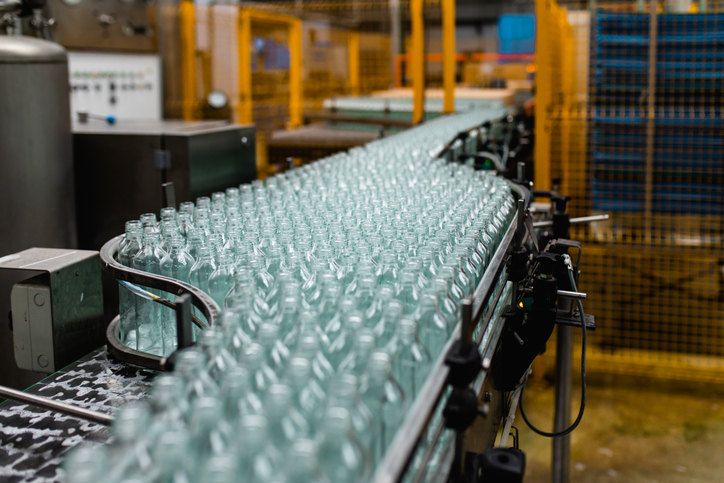


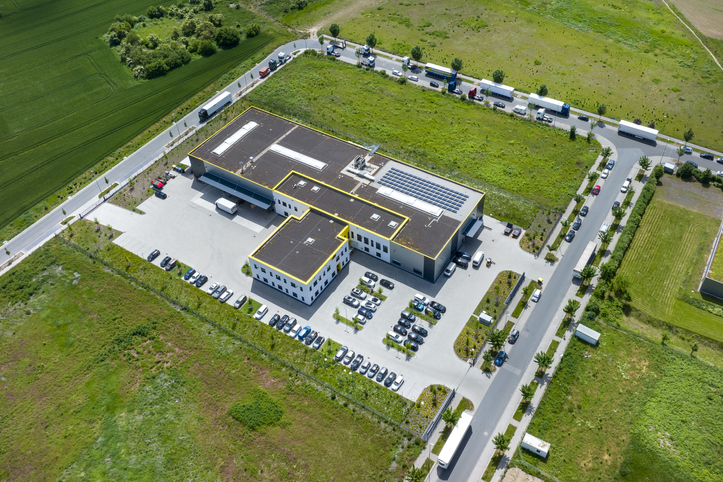
![Unlock Your Data with CPQ Analytics Software [Tech with Tacton]](/wp-content/uploads/2023/06/iStock-1098410490.jpg)




